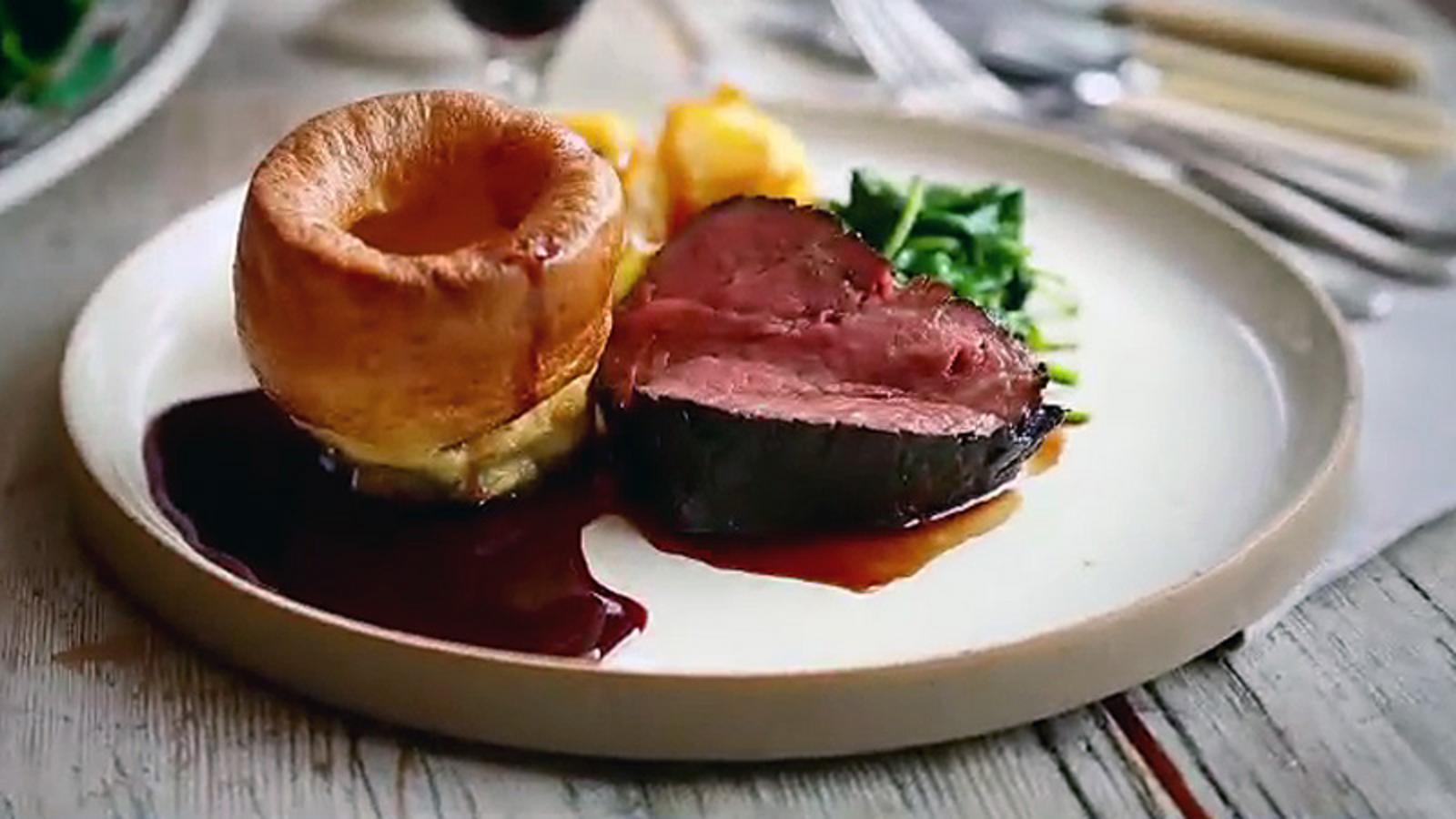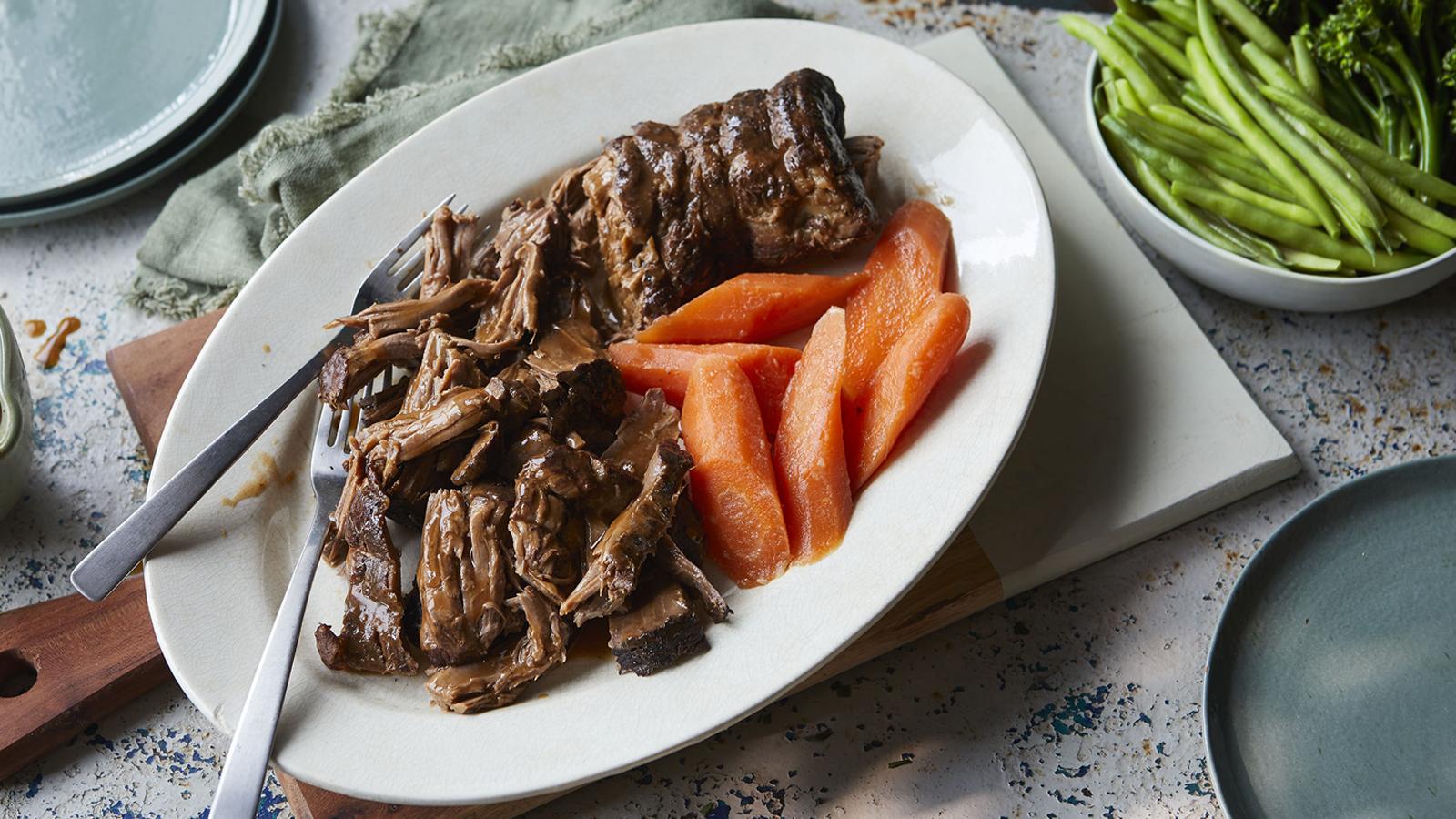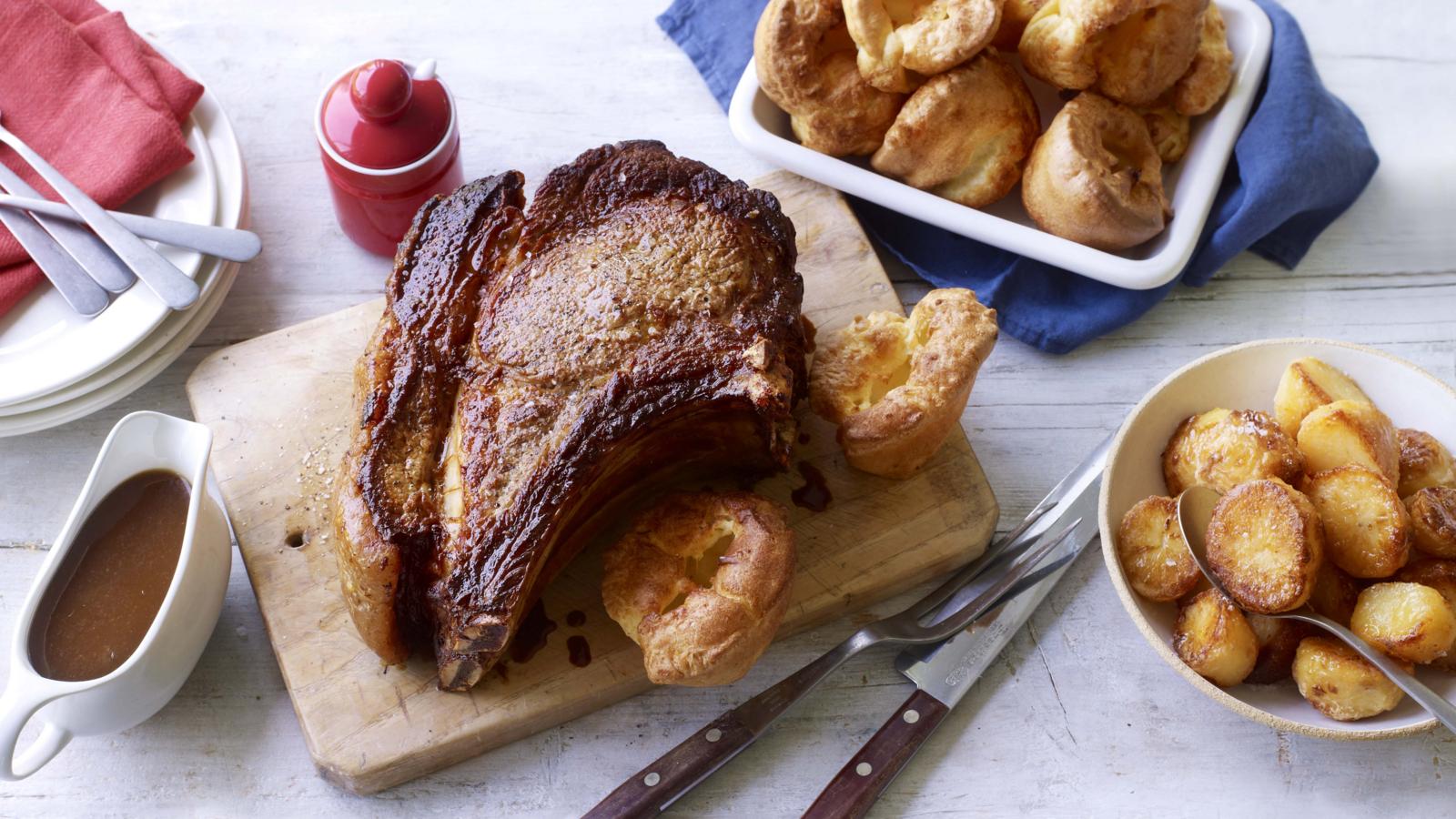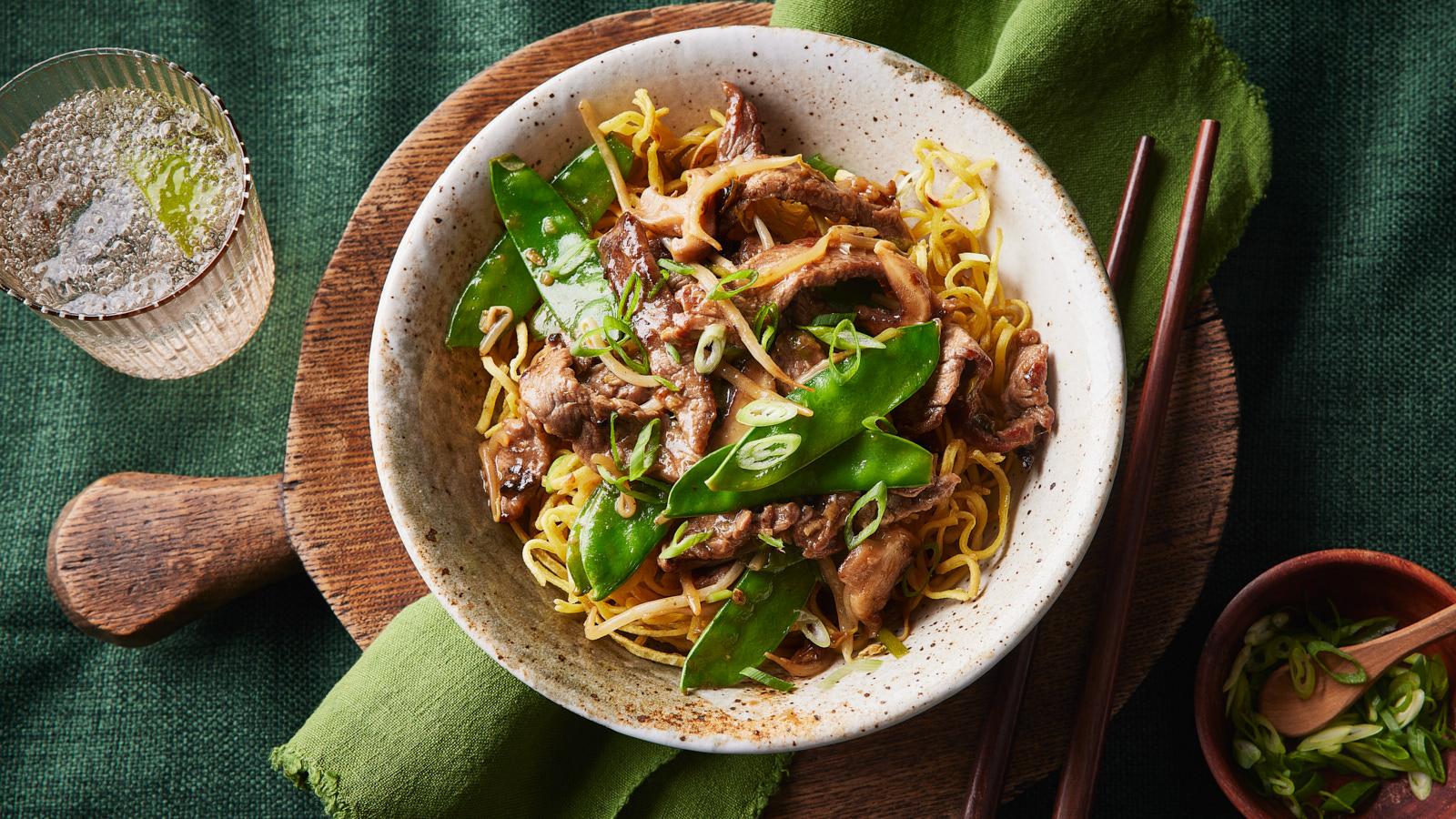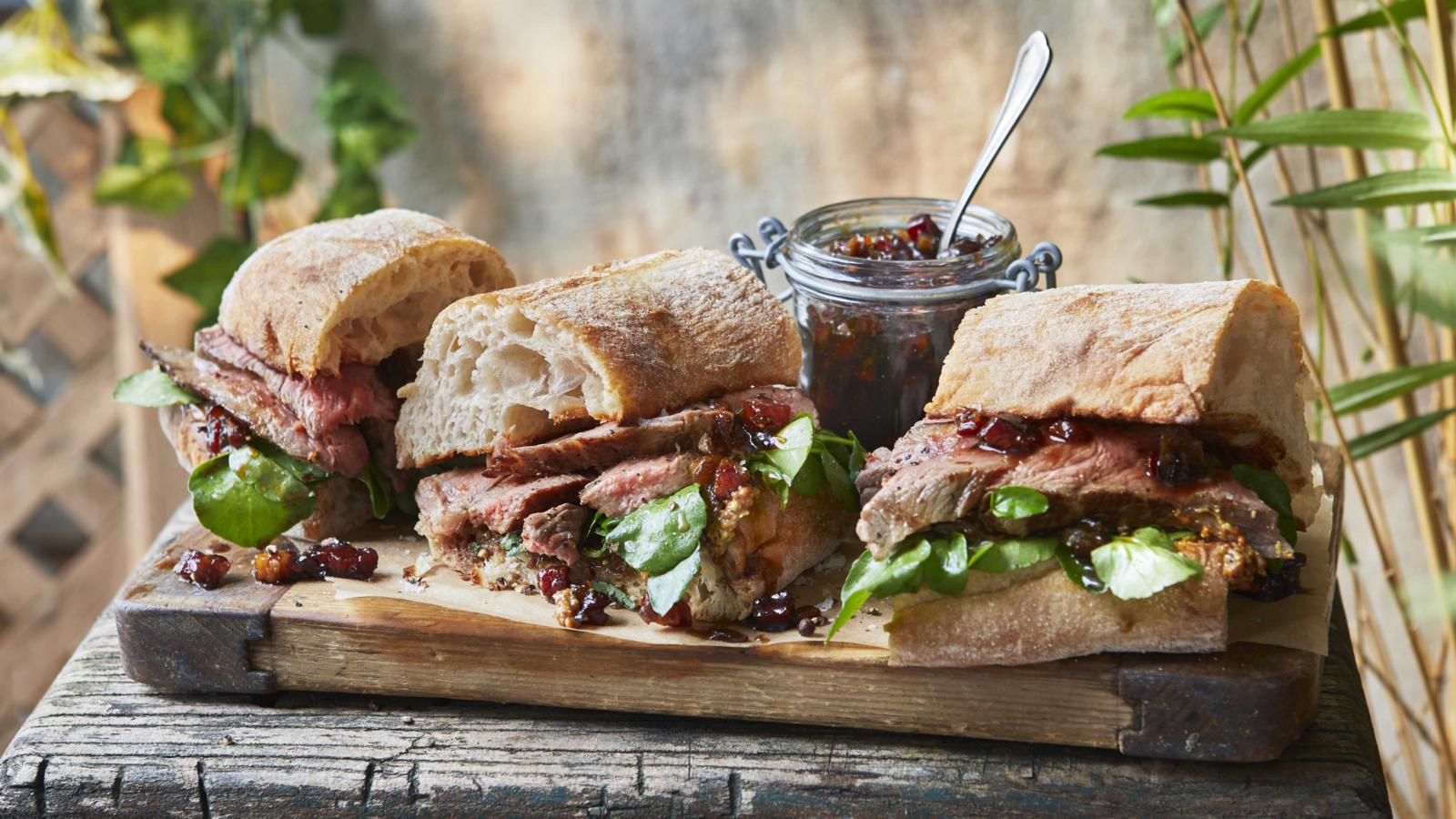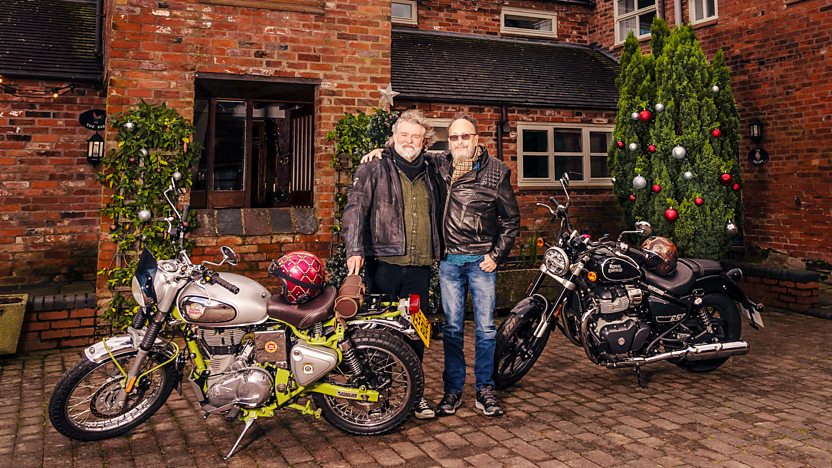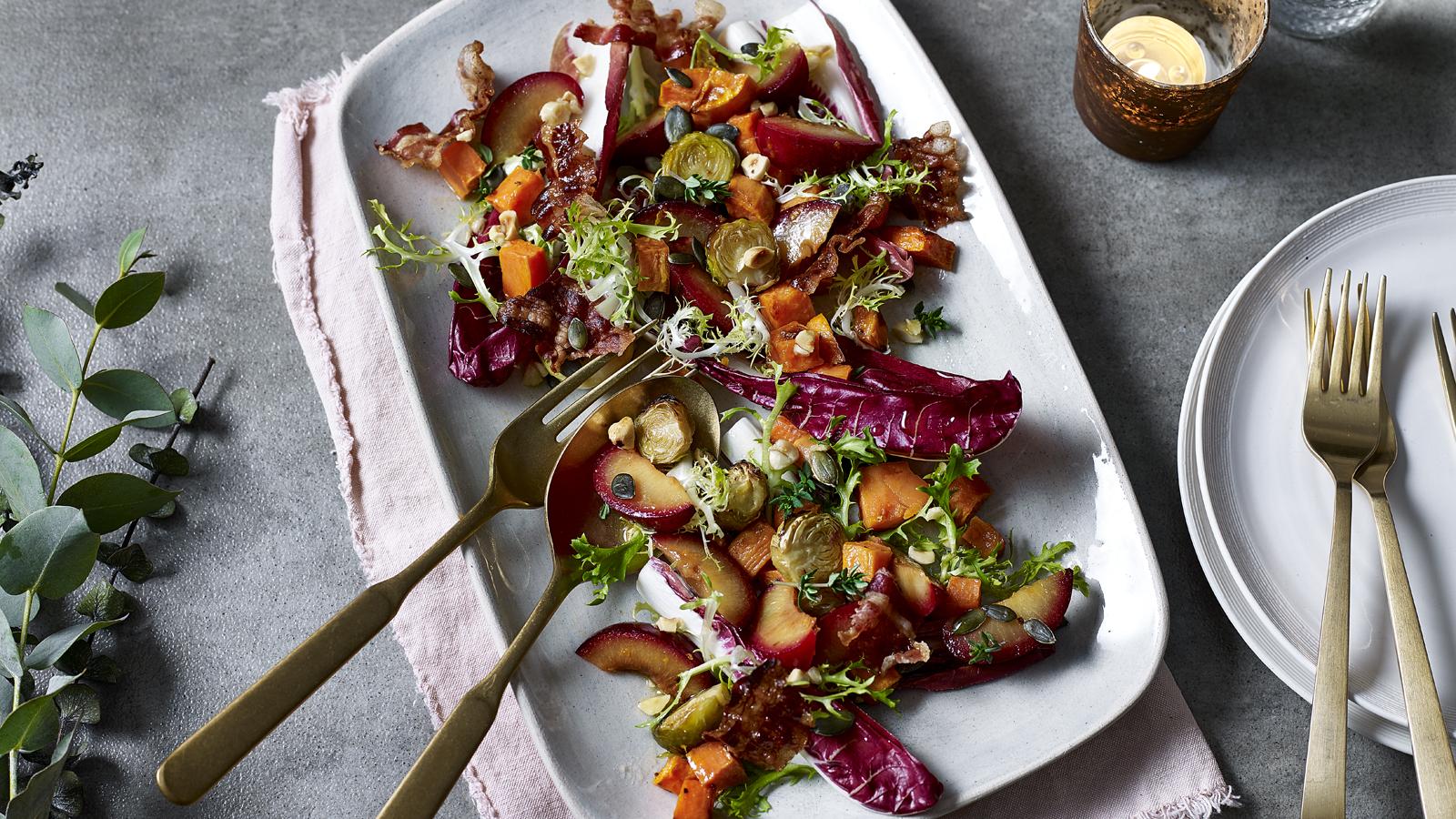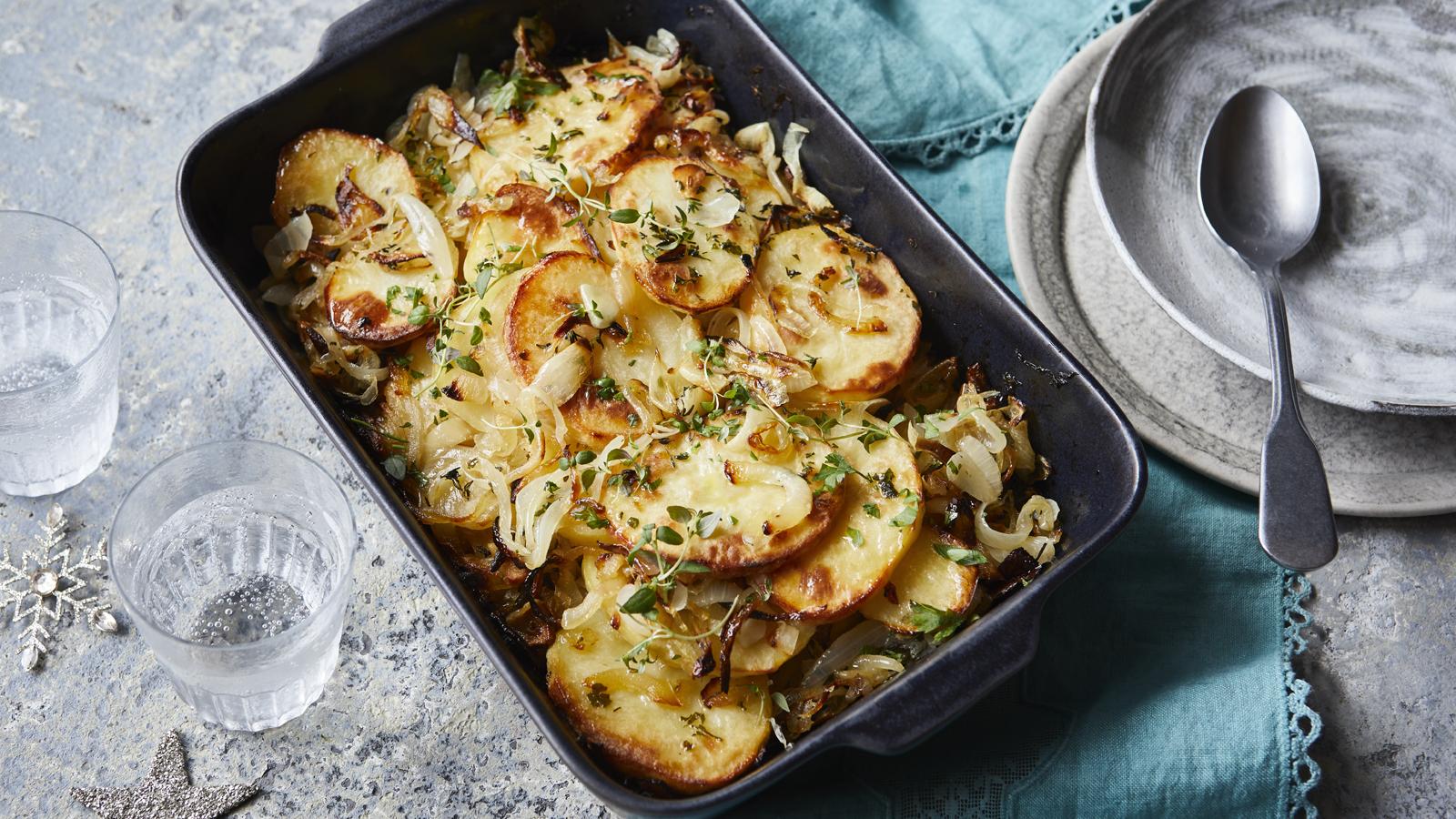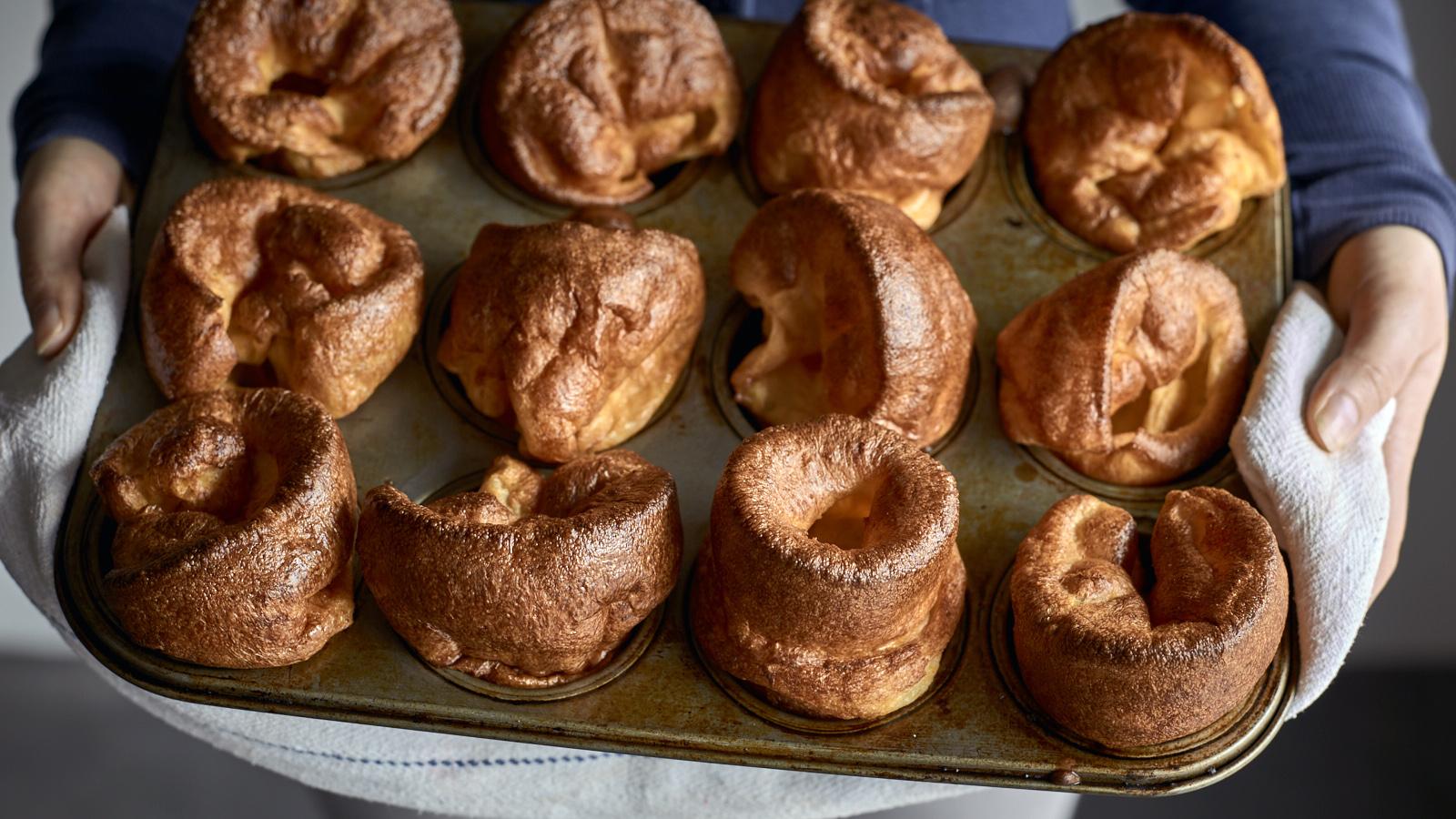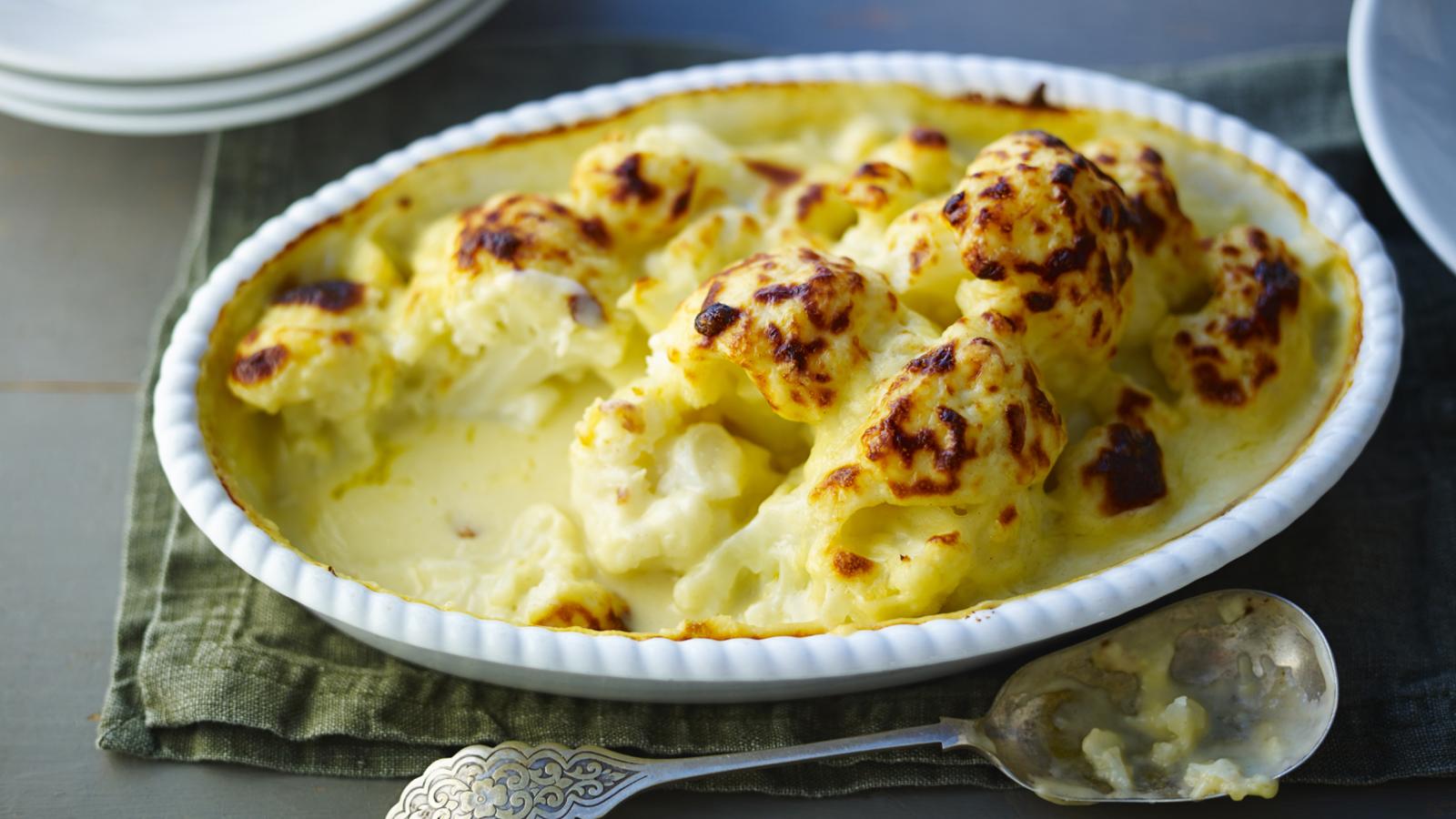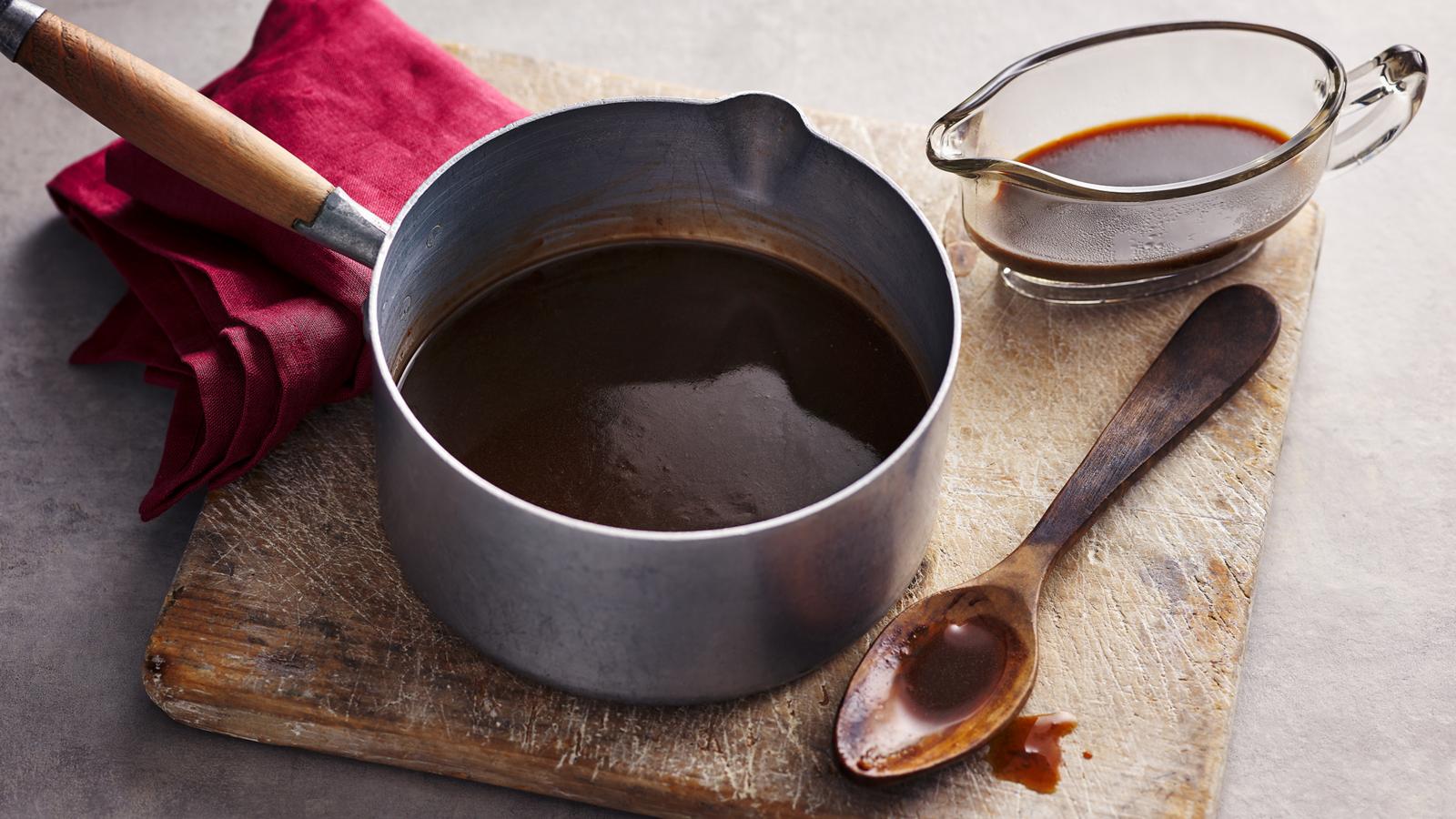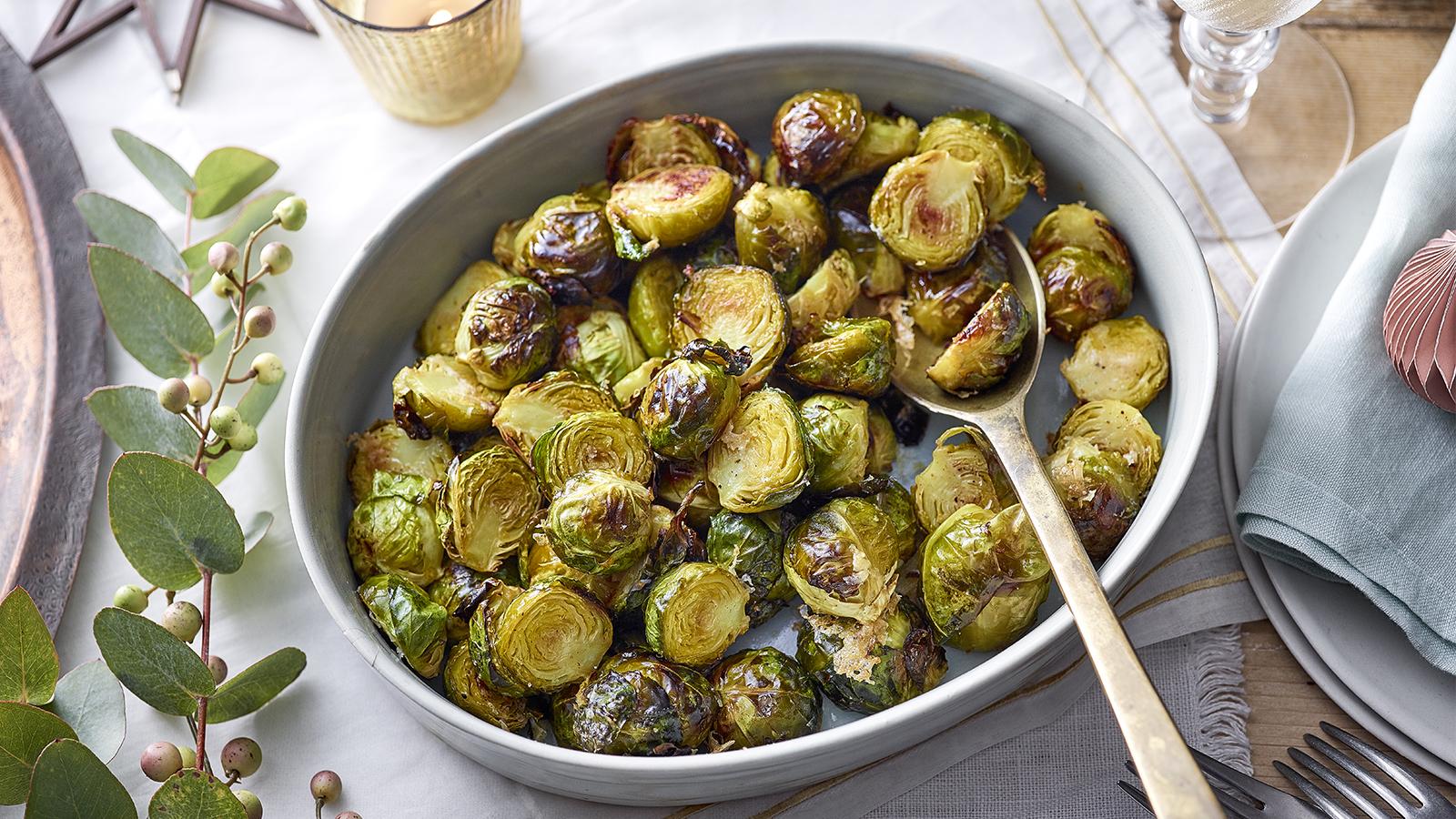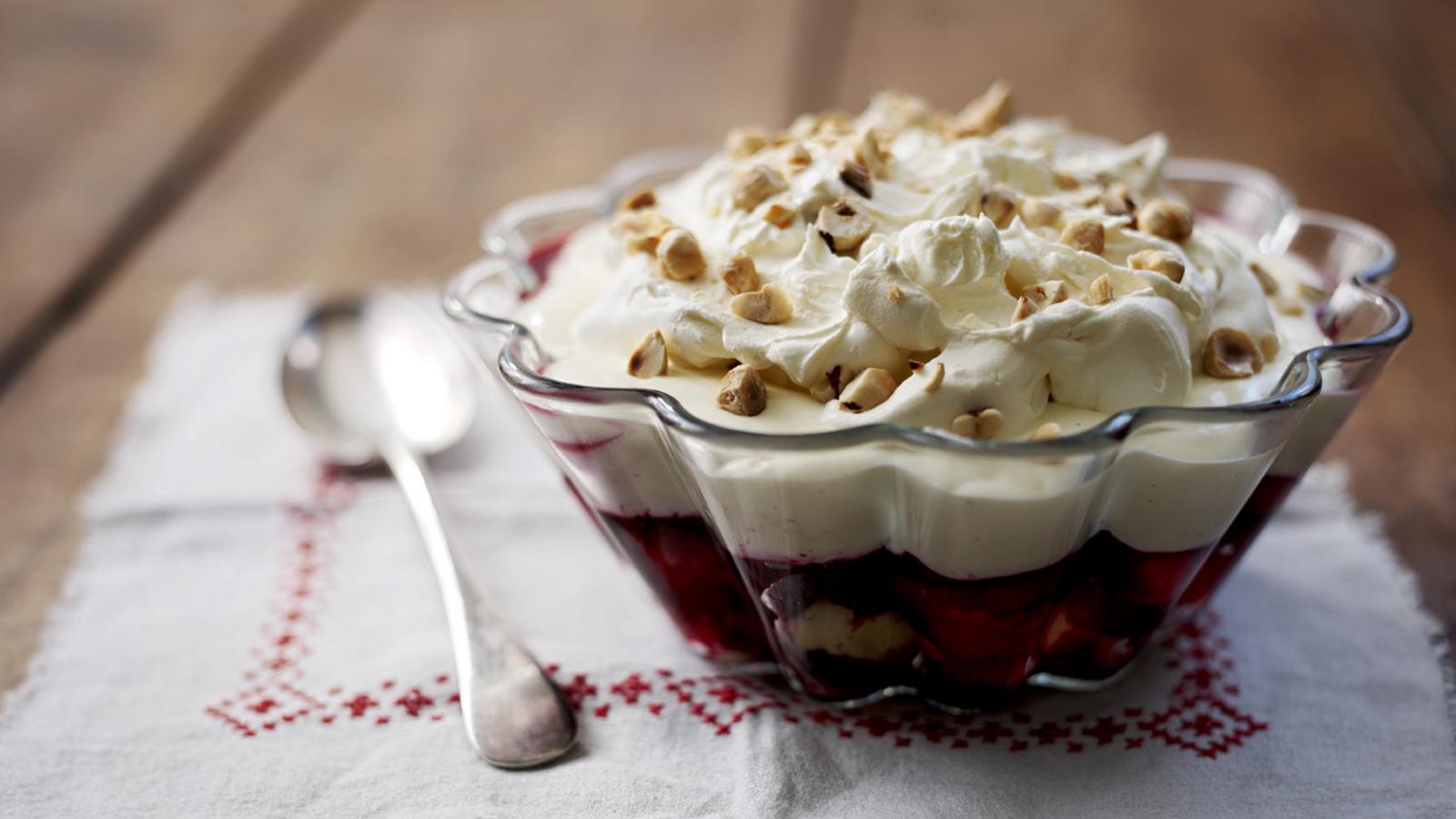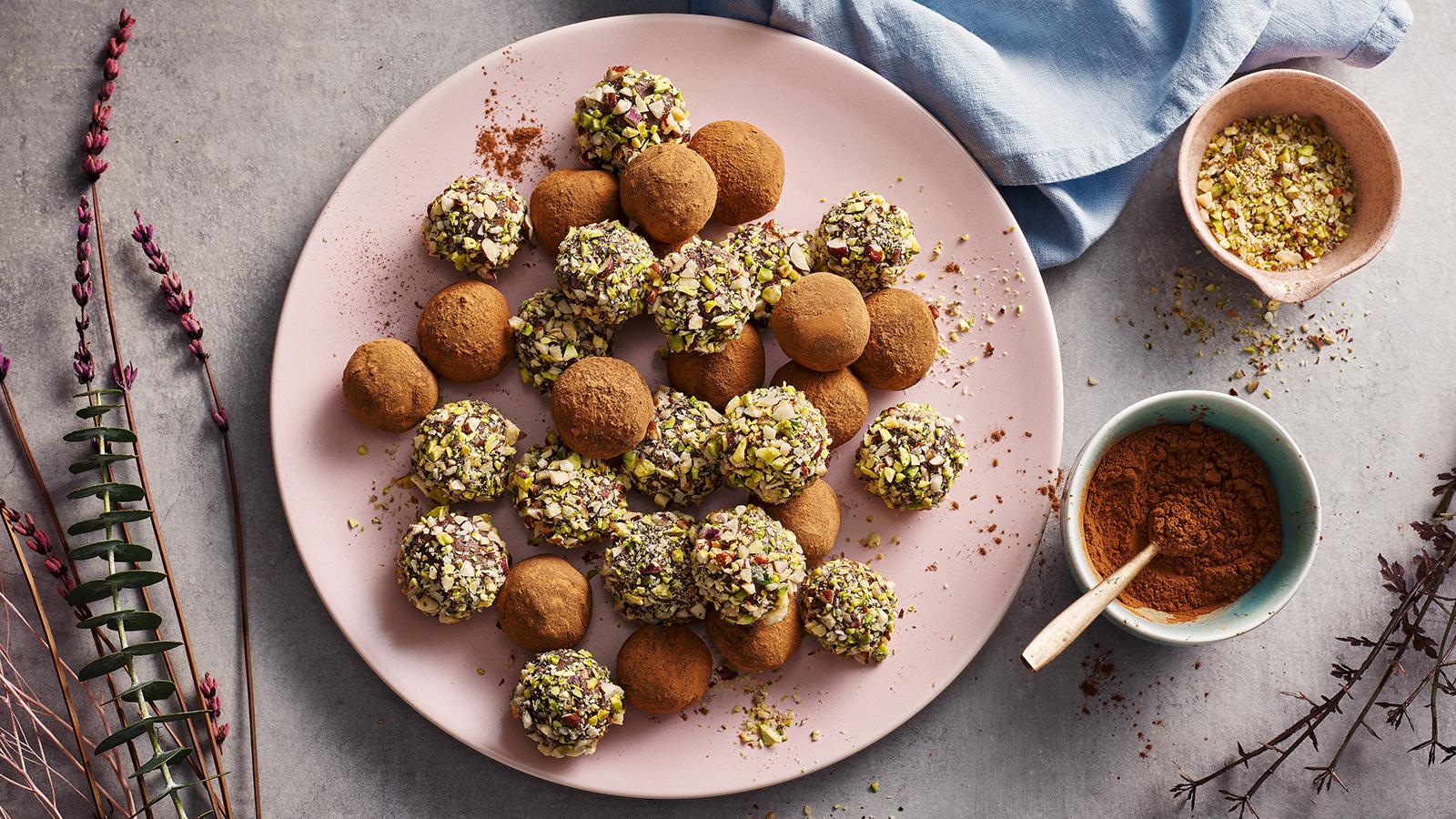Roast sirloin of beef
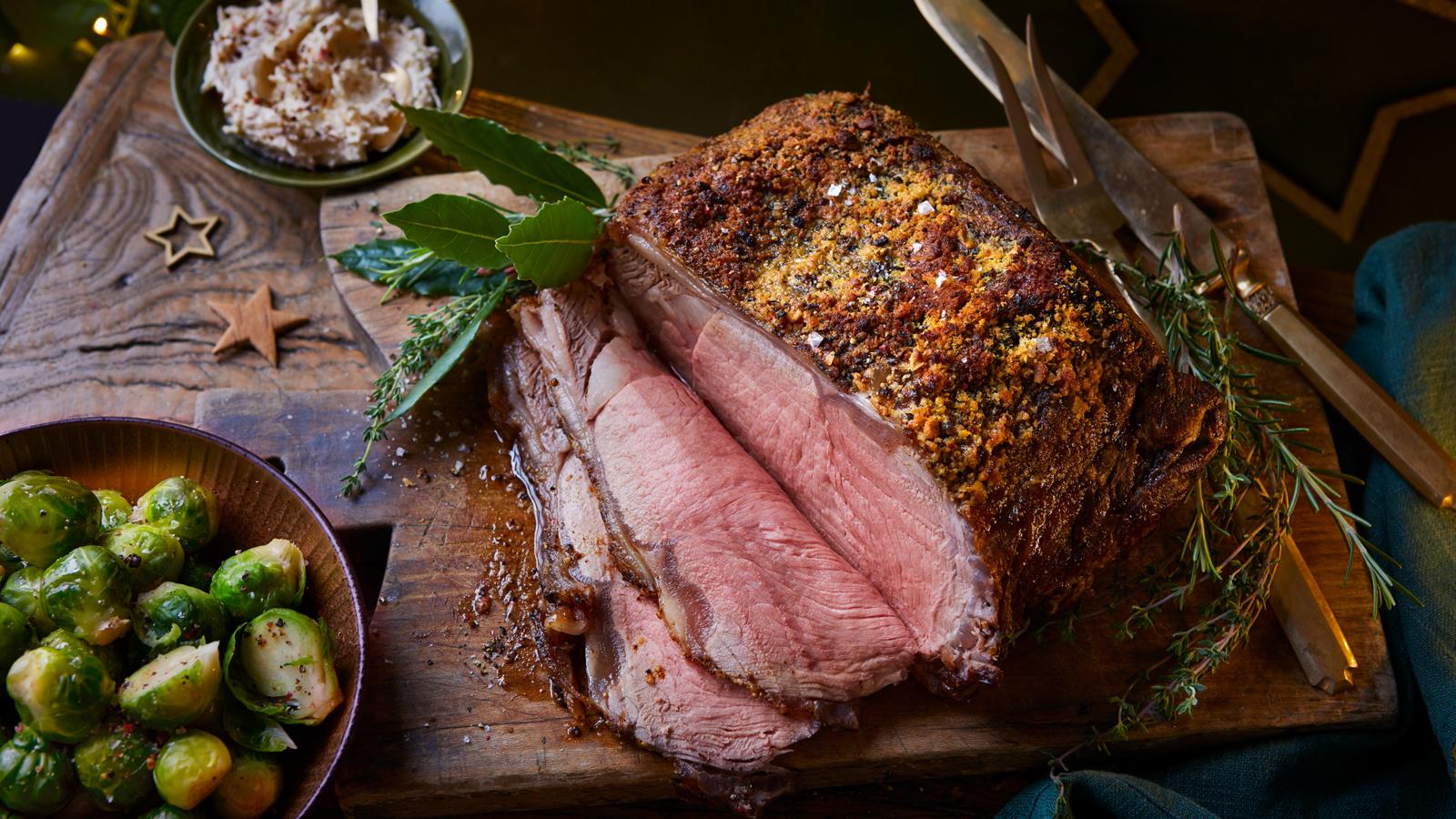
Roast beef with homemade horseradish sauce is an impressive alternative to turkey for Christmas dinner. It also makes the most amazing Boxing Day sandwiches.
Sirloin is a great cut for special occasions, it's definitely a treat, but less expensive than a rib of beef or fillet – and more forgiving in the cooking too.
For this recipe you will need a roasting tray that can go on the hob.
Ingredients
For the roast beef
- 1 tbsp vegetable oil
- 2kg/4lb 8oz sirloin of beef
- 2 tbsp English mustard powder
- 1 tbsp ground sea salt
- 1 tbsp cracked black pepper
For the creamed horseradish
- 4 tbsp horseradish root, grated
- 1 tbsp white wine vinegar
- pinch English mustard powder
- 1 tsp caster sugar
- 150ml/5fl oz double cream
Method
For the roast beef, heat the oil in a roasting tin on the hob. Seal the sirloin all over including the ends. Set aside in the roasting tin.
Preheat the oven to 220C/200C Fan/Gas 7. Meanwhile mix together the mustard, salt and pepper and rub all over the sirloin. Pour a little water into the roasting tray (just enough to cover the bottom).
Place the beef in the oven for 30 minutes. Then reduce the temperature to 160C/140C Fan/Gas 3 and continue to roast for a further 20–40 minutes, depending on how rare you like your beef. (For rare, roast for 20 minutes per kilo or 9 minutes per lb; for medium, 30 minutes per kilo or 14 minutes per lb; for well-done, 40 minutes per kilo or 18 minutes per lb.)
To test that the beef is ready, use a meat thermometer – see the Recipe Tips for temperature guidance. Remove the joint from the oven and set aside to rest for 15 minutes.
To make the creamed horseradish, mix all the ingredients together to a smooth consistency. Season with salt and pepper.
Carve the beef and serve with the horseradish on the side.
Recipe tips
If using a meat thermometer, you want an internal temperature of 45–52C for rare, 55–60C for medium and 68–72C for well-done.
This beef is great served in bread rolls with the horseradish sauce, some cripsy fried onions and salad leaves. Slice the beef thickly and dip one half of the roll into the cooking fat and juices, add a couple of slices of meat and top with fried onions and salad. On the other half of the roll spread a generous layer of creamed horseradish.
How do you cook beef so it's tender?
Cooking beef so it’s tender is usually means buying the right cut and not overcooking it. Choose a piece with a thick layer of fat and a uniform shape, so it cooks evenly. Well-hung meat should be more tender than beef that has been processed more quickly as the time taken maturing it softens the meat fibres. Look for beef that’s been aged for at least 21 days.
Use a digital food thermometer to check the internal temperature. Roasted beef is likely to be most tender when it is rare or medium rare, so at around 50C.
If you prefer your beef well done, you might be better to pot roast a topside joint instead. This method of cooking allows the meat cook thoroughly and become tender as it bubbles gently in stock. You’ll need make sure your beef has fat marbling if possible to help keep it succulent. You could also use braising steak and serve in thick slices with all the trimmings.
Alternative cuts to use if you can’t find sirloin
If you can’t get hold of sirloin, choose a boned and rolled rib of beef instead. It will have more fat but this will give the meat lots of flavour and help keep it succulent. If you really want to push the boat out, you could use a fillet of beef, but be prepared to reduce the cooking time. For something a little more budget friendly, choose a top rump or topside and cook until rare or medium rare for the best results.
Should you cover beef with foil when roasting?
There is no need to cover beef with foil before roasting but if it has any coatings, such as this mustard rub, you could cover loosely with foil towards the end of the cooking time if it starts to overbrown.
What temperature should roast beef be cooked at in the oven?
For this recipe, the beef is started off in a very hot oven at 200C/200C Fan/Gas 7 for 30 minutes, then the temperature is reduced to 160C/140C Fan/Gas 3. Cooking using two temperatures, like this, helps prevent the outside of a large piece of beef overcooking before the middle is ready. If you are using a fillet, smaller or narrower piece of beef, you may be better roasting at a constant 200C/180C Fan/Gas 7 and reducing the total cooking time.
What to serve with roast beef
Roast beef is traditionally served with roast potatoes and Yorkshire puddings, plus plenty of gravy. All can be prepared ahead and then finish cooking, or warming, once the beef is resting. Add some colourful vegetables, such as carrots, shredded cabbage and peas. Horseradish sauce and mustard are classic accompaniments.
How to make gravy
To make a gravy transfer the beef to a grooved board or serving platter, cover with loosely and leave to rest for at least 15 minutes. Spoon off most of the fat from the roasting tin (and any burnt bits of the mustard topping), and sprinkle with 1 heaped tbsp plain flour. Place on the hob over a medium heat, stir well to blend the flour with the pan juices. Gradually stir in a splash of red wine and around 400ml/14fl oz beef stock. Bring to a simmer and cook for 2–3 minutes, stirring to lift the tasty caramelised bits from the bottom of the tin. Adjust the seasoning to taste and add a little more stock or wine if needed. Strain through a fine sieve into a warmed jug to serve.
You’ll need a good quality roasting tin to prepare the gravy on the hob. If yours isn’t hob safe, transfer the roasting juices to a small saucepan to make your gravy.


